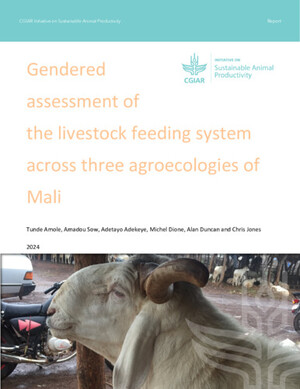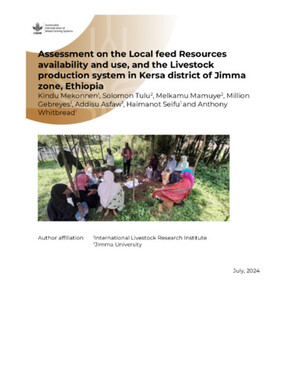
Productivity and feed quality performance of Napier grass (Cenchrus purpureus) genotypes growing under different soil moisture levels
Abstract
In the semi-arid and arid environments of Sub-Sharan Africa, forage availability throughout the year is insufficient and highly limited during the dry seasons due to limited precipitation. Thus, the identification of drought stress-tolerant forage cultivars is one of the main activities in forage development programs. In this study, Napier grass (Cenchrus purpureus), an important forage crop in Eastern and Central Africa that is broadly adapted to produce across tropical environments, was evaluated for its water use efficiency and production performance under field drought stress conditions. Eighty-four Napier grass genotypes were evaluated for their drought stress tolerance from 2018 to 2020 using agro-morphological and feed quality traits under two soil moisture stress regimes during the dry season, i.e., moderate (MWS) and severe (SWS) water stress conditions, and under rainfed conditions in the wet season (wet). Overall, the results indicated the existence of genotype variation for the traits studied. In general, the growth and productivity of the genotypes declined under SWS compared to MWS conditions. High biomass-yielding genotypes with enhanced WUE were consistently observed across harvests in each soil moisture stress regime. In addition, the top biomass-yielding genotypes produced the highest annual crude protein yield, indicating the possibility of developing high-feed-quality Napier grass genotypes for drought stress environments.
Citation
Habte, E., Teshome, A., Muktar, M.S., Assefa, Y., Negawo, A., Machado, J.C., Ledo, F.J.d.S. and Jones, C.S. 2022. Productivity and feed quality performance of Napier grass (Cenchrus purpureus) genotypes growing under different soil moisture levels. Plants 11(19):2549.









